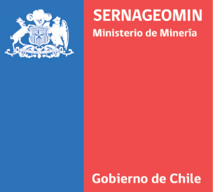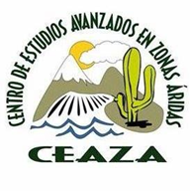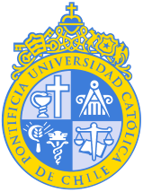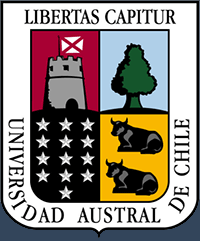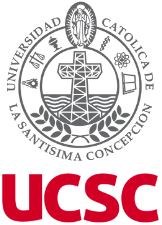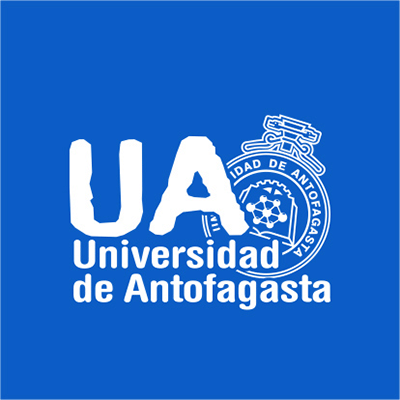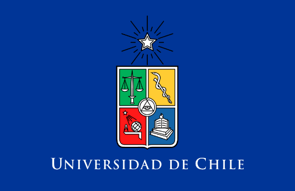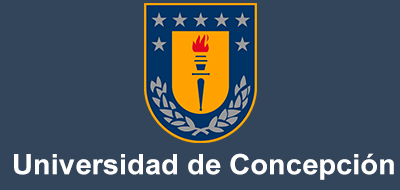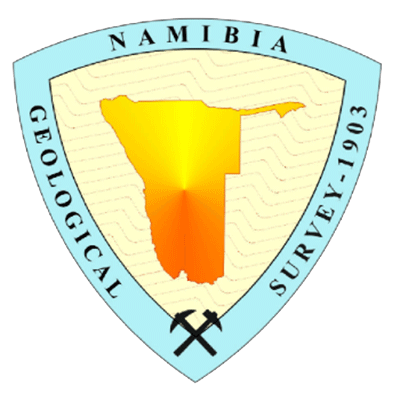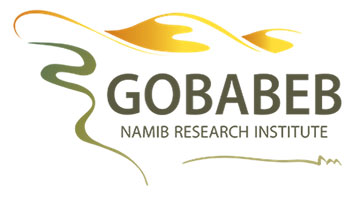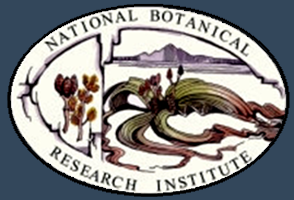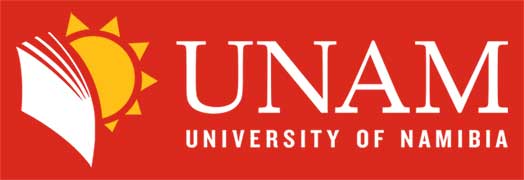Tracing the sources of water for life at the dry limit
Research areas: Biology, Physiology, Isotope geochemistry
Principal investigators: PD Dr. Daniel Herwartz, Prof. Dr. Reinhard Predel
Project Info: Phase 3
Central question: Living cells require water to function. Nevertheless, highly adapted specialists are observed in the fierce water limited conditions within the fog free hyperarid Atacama Desert. The main research question addressed in this proposal is: Where do these organisms get their water from? The main focus is on insects.
Preliminary data: Individual food and water sources comprise distinct oxygen and hydrogen isotopic compositions, that are reflected in body water δ2H, δ17O and δ18O. Our preliminary data for insects from the Atacama Desert shows a large isotopic range. Adult darkling beetles (Antofagapraocis sp. nov., Insecta, Coleoptera: Tenebrionidae) revealed astoundingly heavy δ18O (21.6‰). In contrast, the body water of the extreme xerophilous silverfish relative Maindronia (Insecta: Zygentoma) is highly depleted in δ18O (-7.1‰). The light isotopic composition points to absorption of water vapor from undersaturated air, which is supported by our preliminary modelling. This finding is remarkable, because the relative humidity sensor of a weather station we placed close to the traps recorded a maximum relative humidity of only 20% over a period of six months, much lower than the minimum relative humidity of 47% presently described for water vapor absorption in the literature.
Work Plan: We suggest extending the preliminary dataset and include: i) Species with known water strategies, such as fog basking beetles; ii) Flying insects with exceptionally high metabolic rate and air O2 consumption; iii) Predators that may acquire all of their water from their prey; and iiii) Potential food sources such as lichen, detritus and microorganisms. Both fungi and bacteria are known to produce highly hygroscopic extra polymeric substances (EPS), which can absorb water from undersaturated air. We suggest a simple approach to calculate the intracellular water isotopic composition of bacteria from laboratory experiments, to aid unravel the water strategy of desert microbes. A sound theoretical framework for several model arthropods will be developed by adapting established vertebrate models, which allows quantifying all water sources and sinks.










